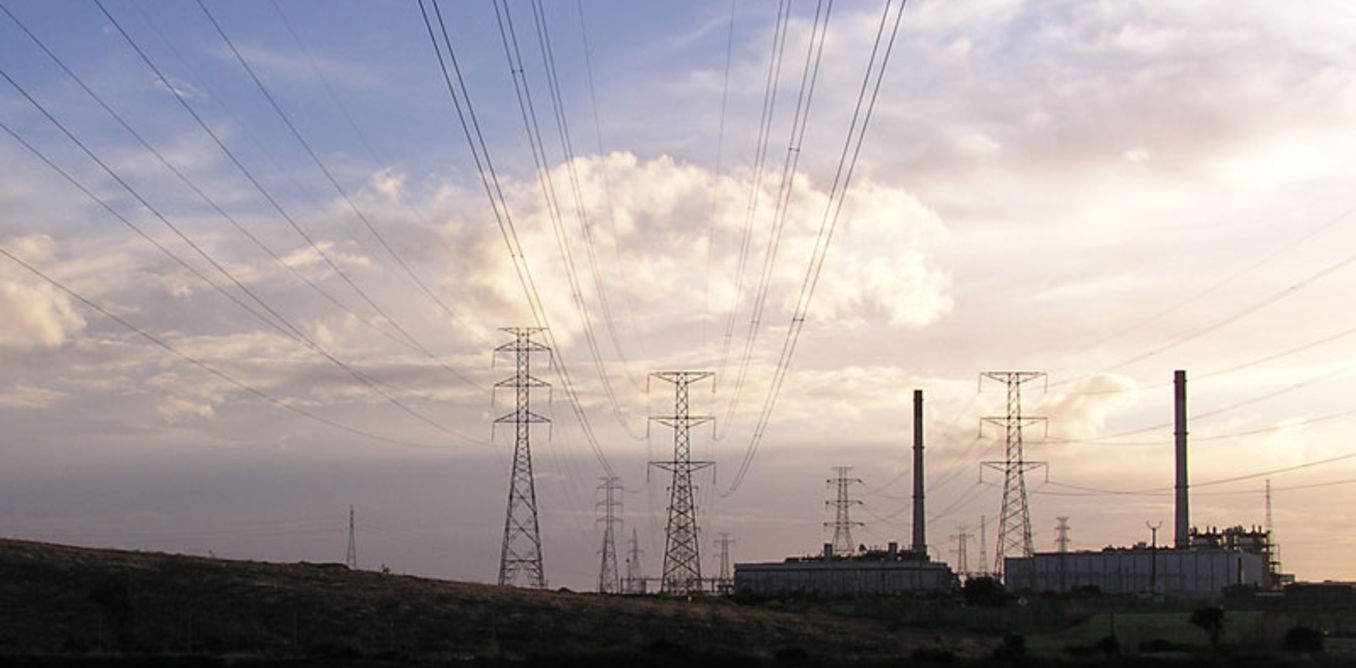
Paul Denning | MIT Sloan School of Management
As representatives from more than 190 countries convened in France for the second week to address ways to slow global warming, an MIT-led team published a paper outlining a set of options for incorporating equity considerations in a national Emissions Trading System (ETS) for China that could reduce carbon emissions while minimizing economic impact on poorer or less-developed regions.
The paper, “Equity and Emission Trading in China,” published in the journal Climatic Change, outlines a sophisticated menu aimed at Chinese policymakers showing how the burden of reducing carbon emissions could be shared or divided across the country’s provinces under a market-based carbon pricing system.
“Emission trading systems have been shown to be highly effective when they are allowed to work, but one of the toughest challenges involves how to distribute the cost,” said lead author Valerie Karplus, assistant professor of Global Economics and Management at the MIT Sloan School of Management. “We compare alternative schemes for allocating emissions rights that can effectively de-couple who pays for reductions from where the reductions actually occur.”
The paper is based on models developed by Tsinghua-MIT China Energy and Climate Project (CECP) in the MIT Joint Program on the Science and Policy of Global Change. It utilizes public information such as per capital income, energy use, pollution levels and other factors from the Chinese National Bureau of Statistics. The Tsinghua-MIT CECP is also supported through the MIT Energy Initiative.
China, which is responsible for about 28 percent [LINK: http://www.wri.org/blog/2014/05/history-carbon-dioxide-emissions] of worldwide CO2 emissions, has embarked on an ambitious pathway for establishing a national carbon market in the next five to 10 years.
“Our analysis demonstrates how different equity criteria can be embedded in initial allocation of emissions permits, and what the implications of choosing different criteria at the national level mean for the distribution of impacts,” Karplus said.
Using ethical, economic, and stated-preference perspectives, the paper analyzes the permit allocations of a possible Chinese emissions-trading scheme at the provincial level and shows how specific equity principles could be incorporated. The researchers then assess the economic and distributional impacts of these provincial allocation schemes using a computable general equilibrium model.
China’s eastern provinces and coastal areas are generally more energy efficient, with more advanced development and higher per capita earning. Many survey respondents, which included national ETS analysts and decision makers, expressed support for schemes that ask the east to shoulder a disproportionate share of the cost. The country’s interior or western may produce more emissions, but are generally less developed and have lower wages. “Thus, if you allocate more emission permits to the west, this reduces the burden on the west, relative to the eastern region,” Karplus said.
Researchers polled stakeholders about which criteria were most important to them when allocating the cost of climate policy. About 54 percent respondents said a fair distribution of emissions reduction burden (or equity) and reducing emissions at least cost (or efficiency) were equally important. However, 54 percent were very concerned that economic burden of greenhouse gas reduction being equitably distributed among China’s provinces.
Karplus said China’s efforts to establish a carbon pricing market “could send a signal to the United States that this type of system should be part of any broad-based, cost-efficient effort to address global climate change.” Understanding how criteria can be used in permit allocation schemes can shift the focus away from the question of whether or not an ETS makes sense and toward an informed discussion of how the cost can be equitably distributed among covered parties.
See commentary by Valerie Karplus on Carbon Pulse.
Photo: China's Forbidden City shrouded by smog in Beijing

